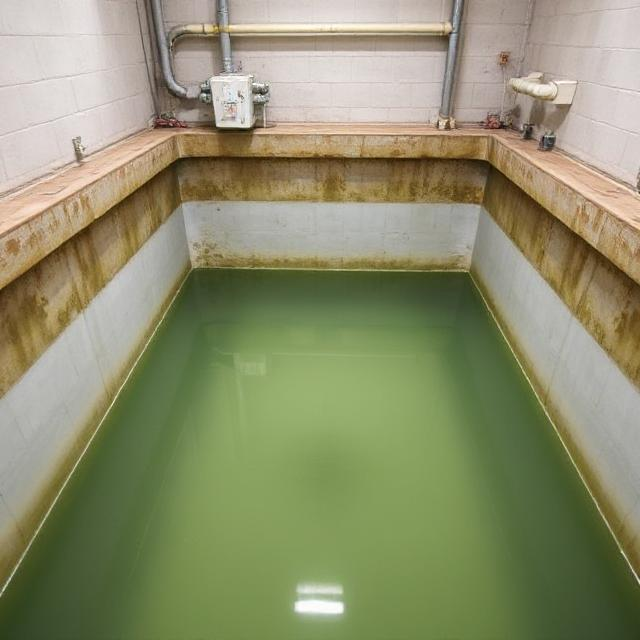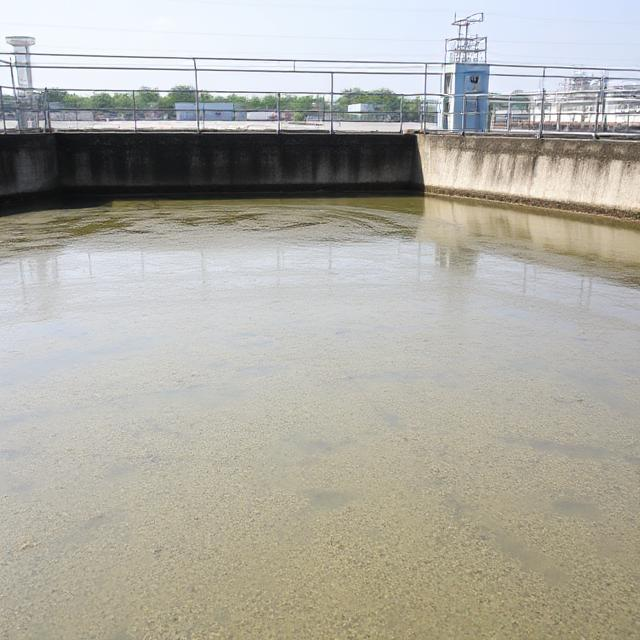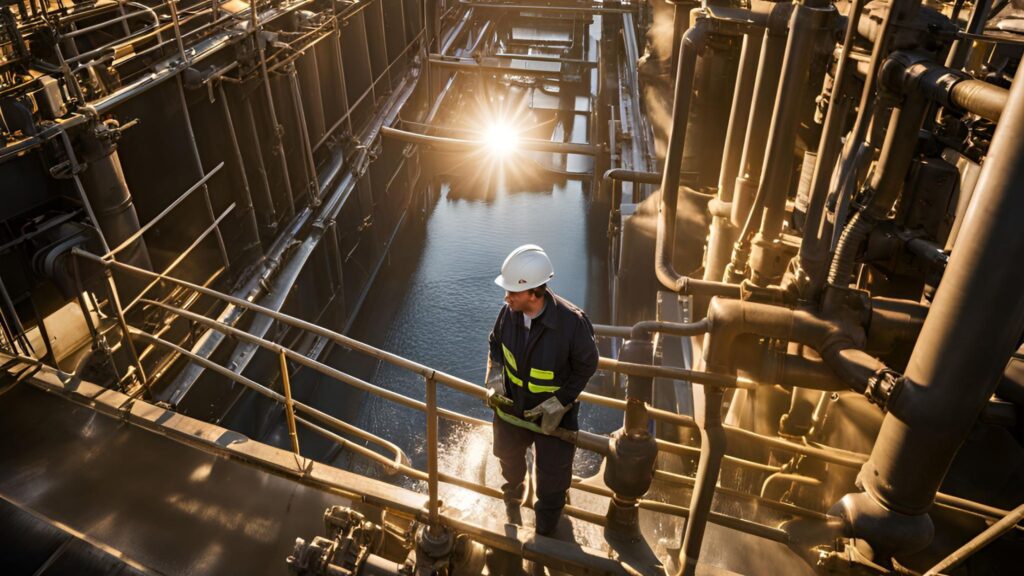Have you ever considered the complexity and precision involved in ensuring the water you drink is clean and safe? At the heart of this process are various key instruments utilized in water treatment plants. Understanding these instruments not only provides insight into how water purification works but also highlights the critical aspects that keep our water supply healthy.
Introduction to Water Treatment
Water treatment plants are essential facilities, transforming raw water into potable water. This process involves numerous steps and employs a range of instruments, each playing an integral role in maintaining water quality and safety. With increasing demands and stringent standards, these instruments must perform efficiently, ensuring the effective removal of contaminants and the supply of safe drinking water.
Why Water Treatment is Essential
The importance of water treatment cannot be overstated. Untreated water from natural sources like rivers, lakes, or underground wells often contains impurities including microbes, chemicals, and suspended solids. Consuming such water poses serious health risks, making the operation of water treatment plants critical for public health.
Instruments in Preliminary Treatment
Preliminary treatment forms the first barrier against impurities. The instruments here are designed to remove large solids and debris that can interfere with subsequent treatment processes.
Screening Devices
Screening devices are the frontline instruments in a water treatment plant, tasked with removing large particles and debris. These may include coarse screens for large debris and fine screens for smaller particles.
Grit Chambers
Grit chambers are essential for removing sand, gravel, and other heavy particles. Using the principle of sedimentation, these chambers allow heavier particles to settle, preventing damage to subsequent equipment.

Instruments in Primary Treatment
Following preliminary treatment, primary treatment focuses on removing suspended solids and organic materials. This phase uses several instruments designed to enhance water quality further.
Sedimentation Tanks
Sedimentation, or clarifier tanks, facilitate the settling of suspended solids by reducing water velocity. Equipped with scrapers, these tanks collect settled solids known as sludge, which is removed for further treatment or disposal.
Sludge Collectors
Sludge collectors work in conjunction with sedimentation tanks, managing the sludge that accumulates at the bottom. These instruments ensure efficient removal and transfer of sludge, maintaining continuous operation.
Instruments in Secondary Treatment
Secondary treatment is focused on removing dissolved organic matter and further reducing suspended solids through biological processes.
Aeration Systems
Aeration systems introduce oxygen into the water to promote the growth of microorganisms that break down organic matter. These systems can include surface aerators or diffused aeration units, each having specific applications based on facility size and design.
Biological Reactors
Biological reactors house microorganisms that digest organic matter, making them vital for secondary treatment. These systems can be configured as activated sludge processes or biofilm reactors, depending on the treatment plant’s requirements.

Instruments in Tertiary Treatment
Tertiary treatment is the final stage in water purification, tasked with removing remaining contaminants to produce water of extremely high quality.
Filtration Units
Filtration units utilize various media such as sand, gravel, or activated carbon to remove fine particles, pathogens, and chemicals. Advanced filtration technologies, including membrane filters, offer enhanced purification capabilities.
Disinfection Equipment
Disinfection is critical in ensuring water safety, targeting and eliminating pathogens. Common disinfection methods include chlorination, ultraviolet (UV) treatment, and ozonation, each with unique benefits and applications.
Monitoring and Control Instruments
Throughout the treatment process, monitoring and control instruments are essential in ensuring all operations perform optimally. These instruments provide real-time data and enable automated control of treatment systems.
pH and Conductivity Meters
These meters measure water acidity and ion concentration, respectively, providing crucial data for process adjustments and ensuring treated water meets quality standards.
Flow Meters
Flow meters measure water volume and rate through various plant sections. Accurate flow measurement is necessary for optimizing treatment processes and maintaining system balance.
Turbidity Meters
Turbidity meters assess water clarity, indicating the presence of suspended particles. Monitoring turbidity helps operators ensure compliance with water quality regulations.
Conclusion
Effective water treatment relies heavily on the precise functioning of numerous instruments, each designed to perform specific tasks in managing and enhancing water quality. Understanding these key instruments not only highlights their importance in maintaining our health and safety but also showcases the technological advancements in water treatment processes. Moreover, as water demands rise and quality standards become more stringent, continuous innovation in water treatment instruments will be imperative to meet future challenges.
Challenges and Advancements
In recent years, water treatment plants have faced various challenges, from aging infrastructure to increasing regulatory demands. These challenges necessitate the adoption of advanced technologies and innovative solutions.
Advanced Instrumentation
In response to new challenges, water treatment facilities implement advanced instrumentation, such as automated sensors and data analytics tools. These advancements enhance monitoring capabilities and predictive maintenance, improving efficiency and reducing operational costs.
Environmental and Sustainability Considerations
Sustainability plays a vital role in modern water treatment strategies. Instruments that optimize energy use, reduce chemical dependency, and enhance resource recovery contribute to a more sustainable water management approach.
The Future of Water Treatment Technology
Looking ahead, water treatment technology will continue to evolve, driven by the need for greater efficiency and environmental considerations.
Smart Water Management Systems
Smart water management systems integrate data from various instruments across treatment processes, enabling real-time insights and decision-making through advanced algorithms and machine learning.
Integration of Renewable Energy
The integration of renewable energy sources into water treatment operations promises to reduce carbon footprints and operational costs. Instruments designed to harness solar, wind, or biogas energy are being increasingly adopted.
Resilience to Climate Change
As climate change impacts water availability and quality, treatment plants must adapt. Instruments that offer flexible operations and resilience to varying conditions are crucial.
Final Thoughts
The instruments used in water treatment plants form the backbone of water purification processes, ensuring safe and clean water supply to communities. By understanding these key instruments and remaining informed about current challenges and advancements, you can appreciate the complex processes that make modern water treatment possible. As technology continues to advance, so too will the instruments and methods used, paving the way for more efficient, sustainable, and resilient water treatment solutions.
